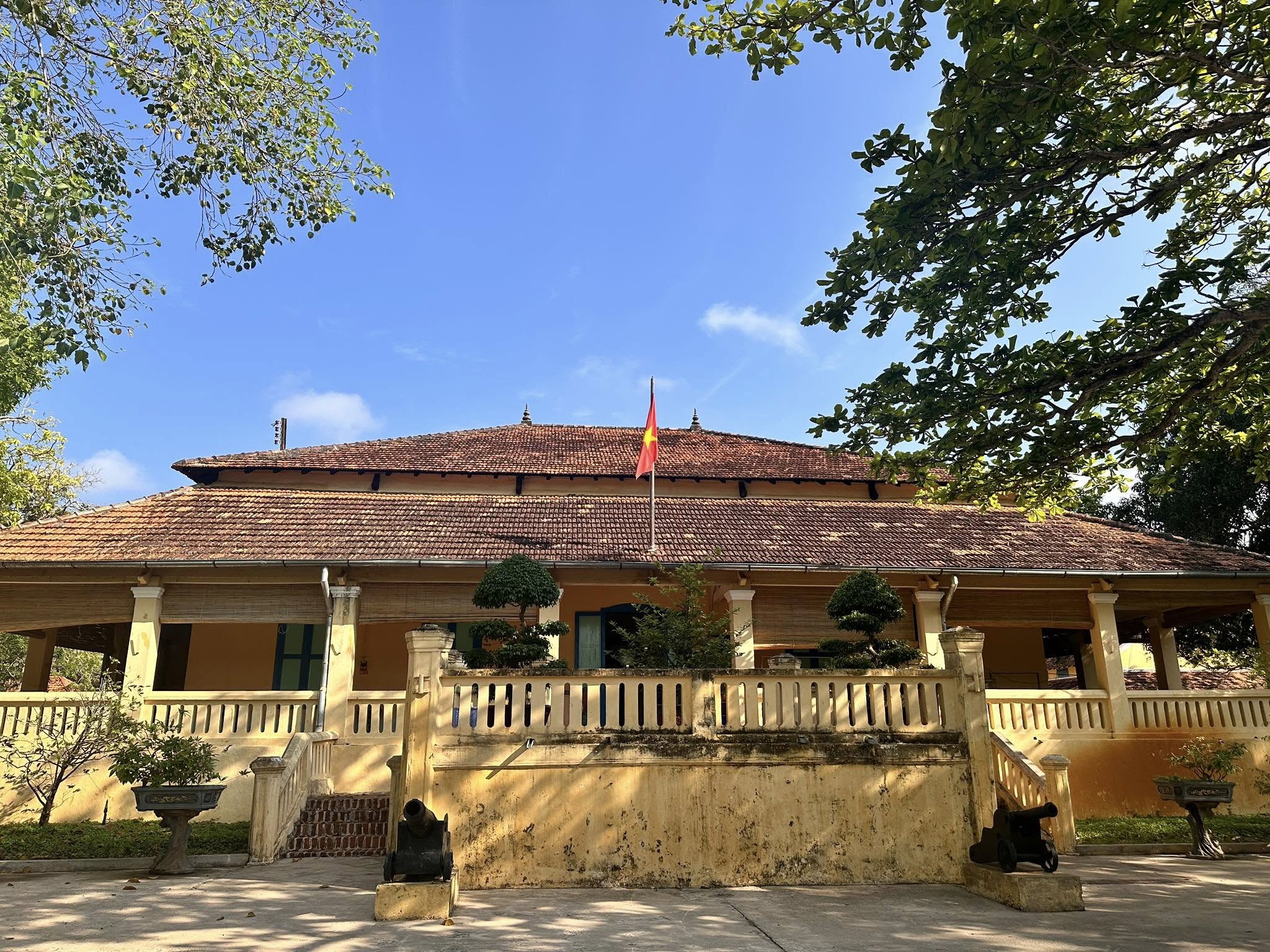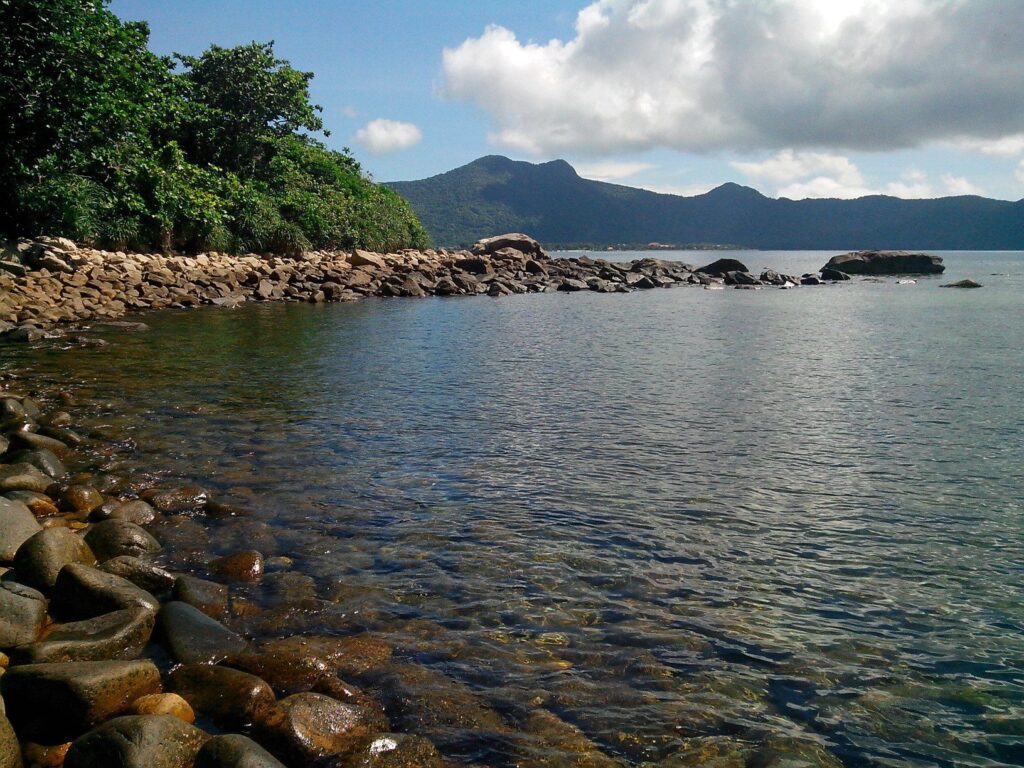The Lord Governor’s Residence (also known as Dinh Ông Lớn or the Provincial Governor’s Residence) was built between 1862 and 1876, during the early formation of Con Dao’s colonial infrastructure. Covering a total area of 18,600 m², the compound includes the main residence, auxiliary buildings, and a large garden.
This residence was home and workplace to 53 island governors (Chúa đảo) over 113 years (1862–1975).
- During 92 years of French colonial rule, 39 governors lived and administered here.
- During 12 years of American administration, 14 governors served in the same role.
In 1919, Governor Angdua was assassinated by prisoners at this very site. As the central headquarters of the entire prison system, all administrative and security forces on the island— from the governor to subordinate officials—operated under the authority of the Lord Governor.
The residence is a stark symbol of luxury and privilege enjoyed by the ruling class, contrasted with the misery and impoverishment of the prisoners. In the garden area (formerly known as Sở Rẫy Ông Lớn), dozens of prisoners were forced into hard labor daily, serving every need of the governor, from food and clothing to household chores.

The Lord Governor’s Residence also played an important role in local history:
- In 1945, it became the site of the first Revolutionary Government established on Con Dao.
- In 1975, it marked the moment Con Dao was completely liberated.
Since the liberation on May 1, 1975, the residence has been converted into the Exhibition Hall of the Con Dao Historical Site Complex, preserving and presenting the island’s revolutionary history.
The site has been officially recognized for its historical significance:
- On April 29, 1979, it was declared a Special National Relic by the Ministry of Culture and Information.
- On May 10, 2012, the Prime Minister issued Decision No. 548/QĐ-TTg, recognizing it as a National Special Relic Site.








